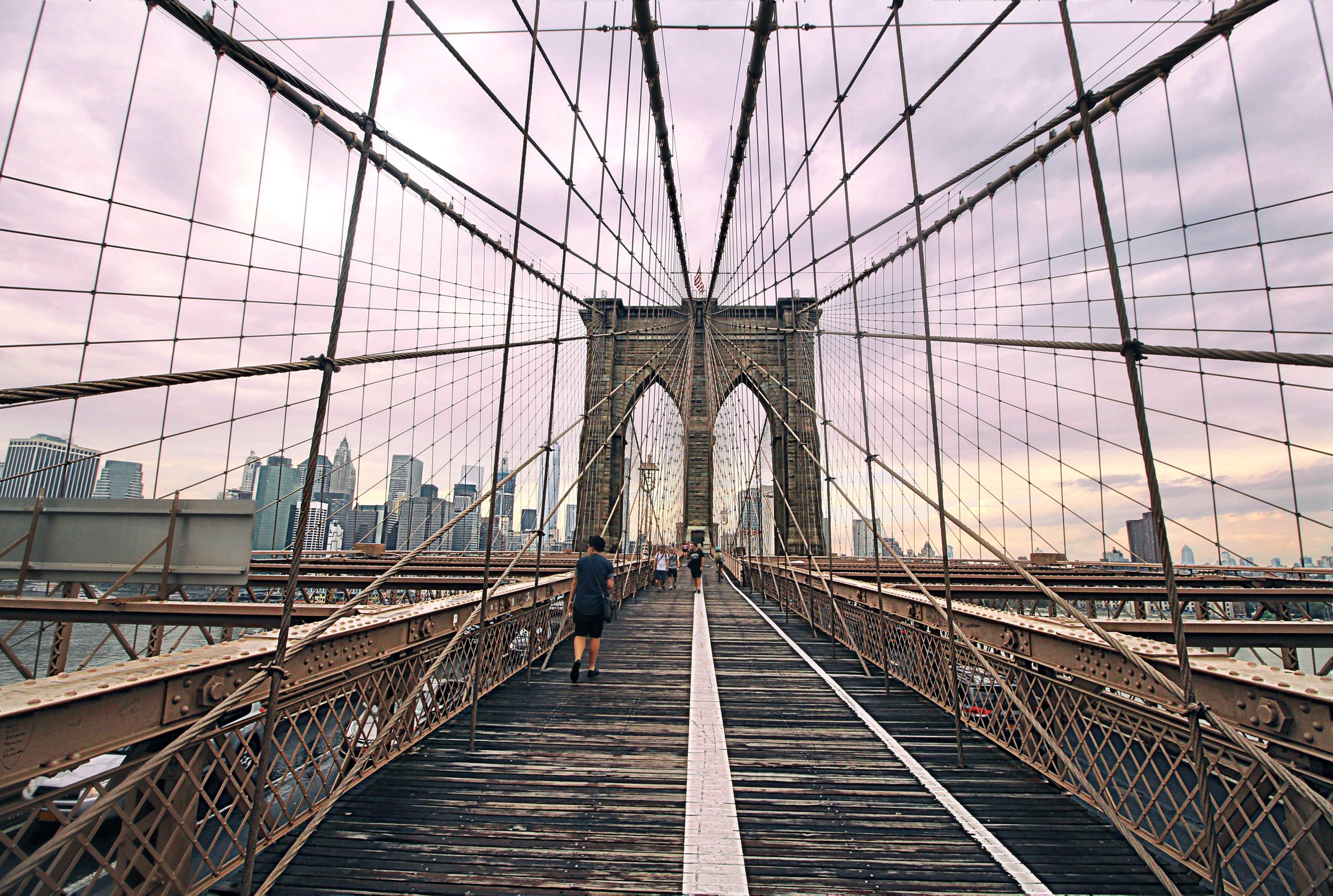
Architecture Photography
Architecture photography is a type of photography that focuses on capturing the beauty and design of buildings and other structures. It requires a keen eye for composition, lighting, and detail, as well as a understanding of the principles of architecture and design. In this article, we will explore both the basic and advanced techniques of architecture photography.
Basic Techniques of Architecture Photography
Use a wide-angle lens: A wide-angle lens is a crucial tool for architecture photography, as it allows you to capture the entire structure in a single frame. Wide-angle lenses also have the ability to distort the perspective, which can be used to create interesting and dynamic compositions.
Pay attention to lighting: Lighting is an important aspect of architecture photography, as it can highlight the details and textures of the building. Try shooting during the golden hours (the hours around sunrise and sunset) for warm, soft light that adds depth and dimension to your images.
Use a tripod: Architecture photography often requires long exposures, as the subjects are stationary and the depth of field is often deep. Using a tripod will help to keep your camera steady and prevent blur caused by camera shake.
Experiment with composition: Composition is an important aspect of any type of photography, and architecture photography is no exception. Look for interesting lines, patterns, and textures in the building, and try incorporating them into your compositions.
Use manual focus: In architecture photography, it can be difficult for the camera's autofocus system to accurately focus on the subject. To ensure that your images are sharp and in focus, try switching to manual focus and adjusting the focus manually.
Advanced Techniques of Architecture Photography
Use a tilt-shift lens: A tilt-shift lens is a specialized lens that allows you to control the plane of focus in your images. This can be especially useful in architecture photography, as it allows you to keep both the foreground and background in focus, even at wide apertures.
Use HDR techniques: High Dynamic Range (HDR) photography involves combining multiple exposures of the same scene to create a single image with a larger dynamic range. This can be useful in architecture photography, as it allows you to capture both the highlights and shadows of the building without overexposing or underexposing any areas.
Use perspective correction: In architecture photography, it is common to encounter distortion caused by the wide-angle lens. Perspective correction tools, such as the perspective warp tool in Adobe Photoshop, can be used to straighten the lines of the building and correct the distortion.
Experiment with black and white: Converting your architecture images to black and white can add a timeless, classic look to your images. Black and white also allows you to focus on the shapes, lines, and textures of the building, rather than the colors.
Use a polarizing filter: A polarizing filter is a lens filter that reduces reflections and increases the saturation of colors. It can be especially useful in architecture photography, as it allows you to capture the details and textures of the building without distracting reflections.
In conclusion, architecture photography is a rewarding and challenging pursuit that requires a keen eye for composition, lighting, and detail. By mastering both the basic and advanced techniques of architecture photography, you can create stunning images that showcase the beauty and design of buildings and other structures.
